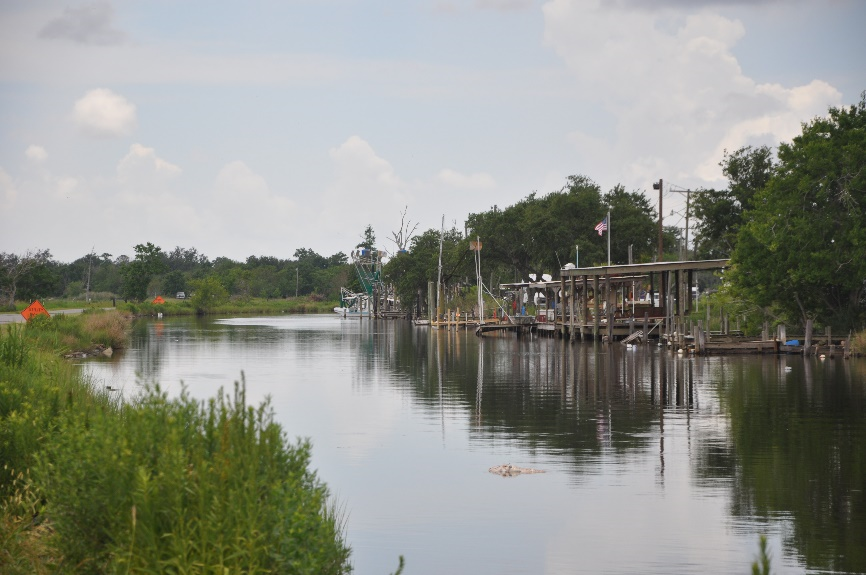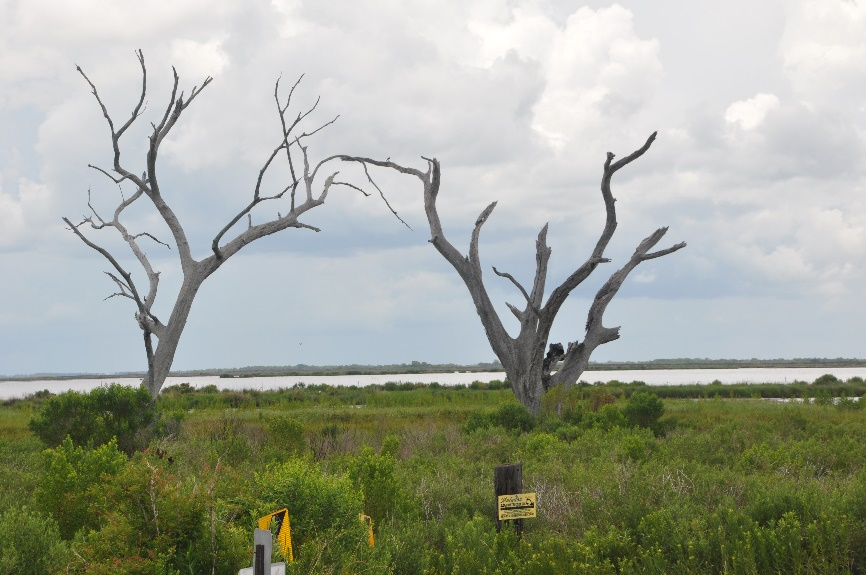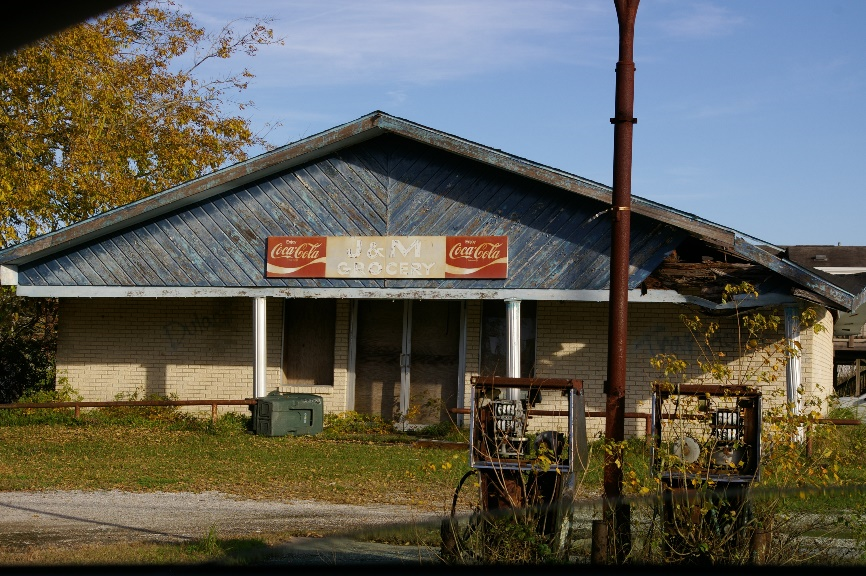Treasury RESTORE Act Programs support environmental justice
To be approved by Treasury, all Direct Component projects must first be included in an eligible entity’s Multiyear Implementation Plan (MYP), which is developed through a public comment process to obtain broad-based participation from individuals, businesses, Indian tribes, and non-profit organizations. In addition, all projects are vetted by Treasury’s Office of Civil Rights and Diversity to ensure recipients comply with all Title VI Civil Rights requirements. Many projects are located in, or directly benefit, communities of color, low-income communities, and/or Native communities.
Examples of RESTORE-Funded Environmental Justice Projects
Louisiana: Environmental Justice & Climate Change Adaptation
From Adapting in Place to Adaptive Migration: Designing and Facilitating an Equitable Relocation Strategy
RESTORE-funded research: Louisiana’s Treasury RESTORE Act-funded Center of Excellence, The Water Institute of the Gulf, is researching public attitudes towards possible equitable relocation initiatives and the implications for public policy.
As residents of coastal communities in Louisiana and elsewhere respond to increased flooding and storm intensity due to sea level rise, coastal erosion, and subsidence, relocation will become an increasingly important adaptation option. This project responds to the need for effective programs that help people and communities on the frontline of environmental change move away from high-risk areas if and when they decide to move. It draws on semi-structured interviews conducted between 2018 and 2020 with 29 local officials and community leaders, as well as 58 current or former residents of coastal communities in Terrebonne Parish. Although the researchers did not specifically ask the individuals interviewed about their race or ethnicity, 14 residents (24%) self-identified as tribal members and 8 (14%) self-identified as African-American. Many others self-identified as Cajun.
These individuals were a representative cross-section of the. coastal communities of Terrebonne Parish, which tend to be lower income and/or communities of color; according to the latest U.S. Census Bureau data, over 6 percent of Terrebonne Parish residents are Native American. These frontline communities are often the first and worst impacted by climate disruptions and have fewer resources to prepare for, adapt to and recover from the effects of extreme weather events and ongoing environmental change. Many of these communities were devastated by Hurricane Ida in 2021.
Resident interviews illustrated how households are adapting, including how they make decisions about whether to stay or relocate, and the impediments to the widespread use of buyout and relocation programs. Interviews with local officials and community leaders focused on strategies to address coastal vulnerability as well as priority planning and policy interventions.
Additionally, researchers analyzed buyout and relocation programs in the U.S. to identify useful lessons, promising practices, and pitfalls to avoid during the relocation process. The study’s findings will be used to develop recommendations to inform adaptation policy that moves beyond merely acquiring at-risk properties and leads to equitable outcomes for communities and residents on the front lines of the climate crisis.
Principal Investigator: Marla Nelson, Professor, Planning and Urban Studies, University of New Orleans
Co-Investigators: Renia Ehrenfeucht, University of New Mexico; Traci Birch, Louisiana State University; Anna Brand, University of California Berkeley
RESTORE funding: $295,338



